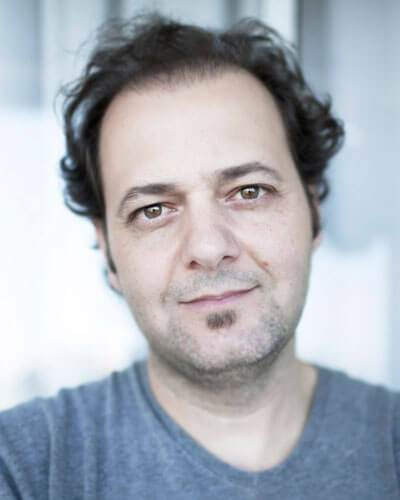I was born in Belo Horizonte (Brazil) and got my BA in Media from the Federal University of Minas Gerais (UFMG). I have lived in São Paulo since 2000.
I began photographing in the 1990s as a newspaper photographer and then migrated to advertising photography. Throughout it, I have always developed my own authorial projects.
I have had the joy to receive some awards such as the Conrado Wessel Art Award (2011, 2007, 2006 and 2005), Porto Seguro Photography Award (2010), the Silver Lion at Cannes Lions International Festival of Creativity (2010), D&AD Global Awards in London (2004), and the Gold Medal at New York Festivals International Advertising Awards (2002).
Some of my works are now part of the Pirelli permanent collection of the São Paulo Museum of Art - MASP (Sao Paulo/Brazil), Catherine Edelman Collection (Chicago/USA), FOTOMUSEO (Bogota/Colombia), Photography Museum/Silvio Frota Collection (Fortaleza/Brazil), Porto Seguro Collection(Sao Paulo/Brazil) and SESC Collection (Sao Paulo/Brazil).
I am represented by Catherine Edelman Gallery in Chicago, Arte 57 in São Paulo and Quadrum Gallery in Belo Horizonte.
My work has been exhibited in France, Germany, Belgium, Spain, The United States, Colombia, Korea, Angola, Uzbekistan and Singapore.
Discover Gustavo Lacerda' s Interview
